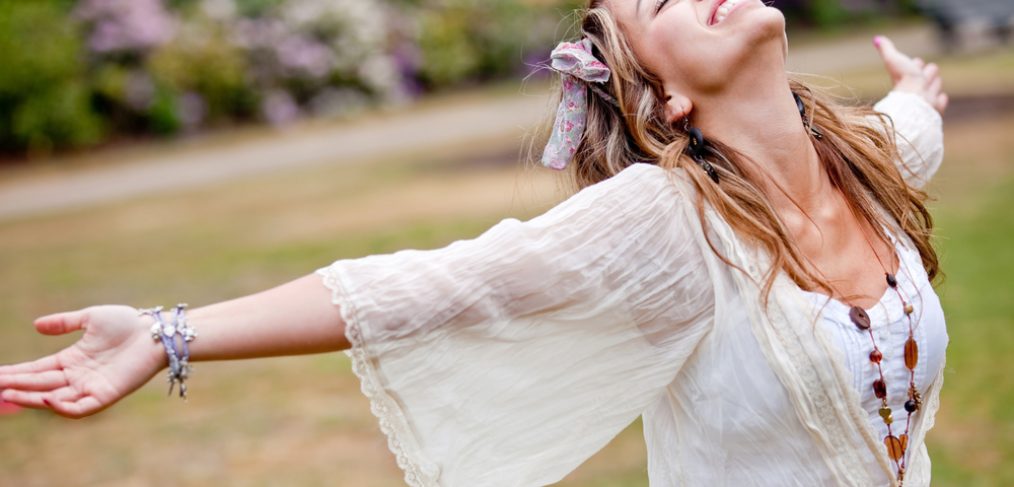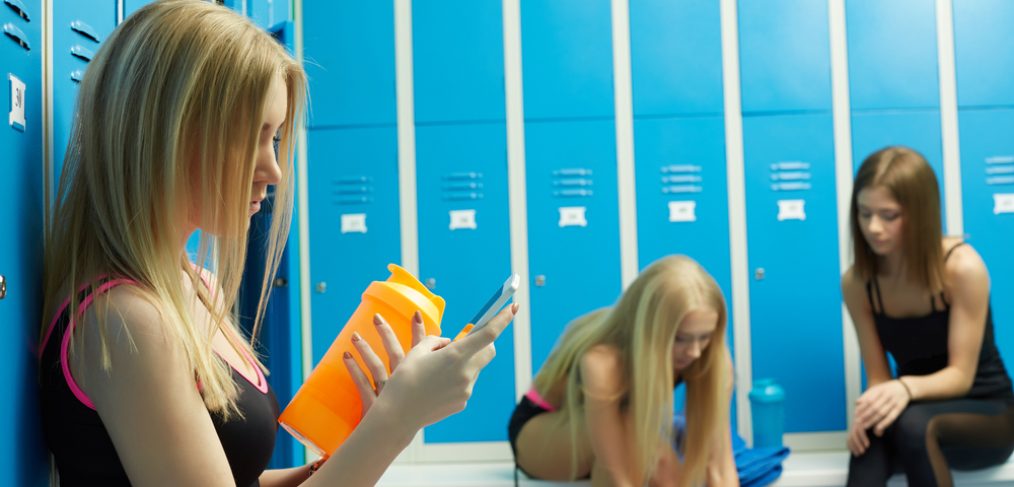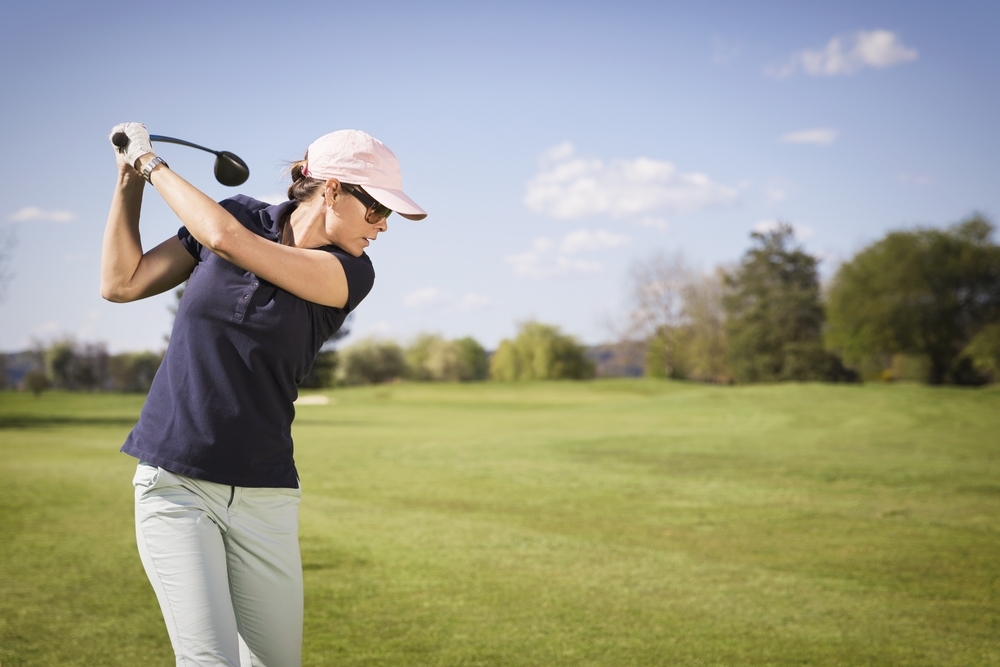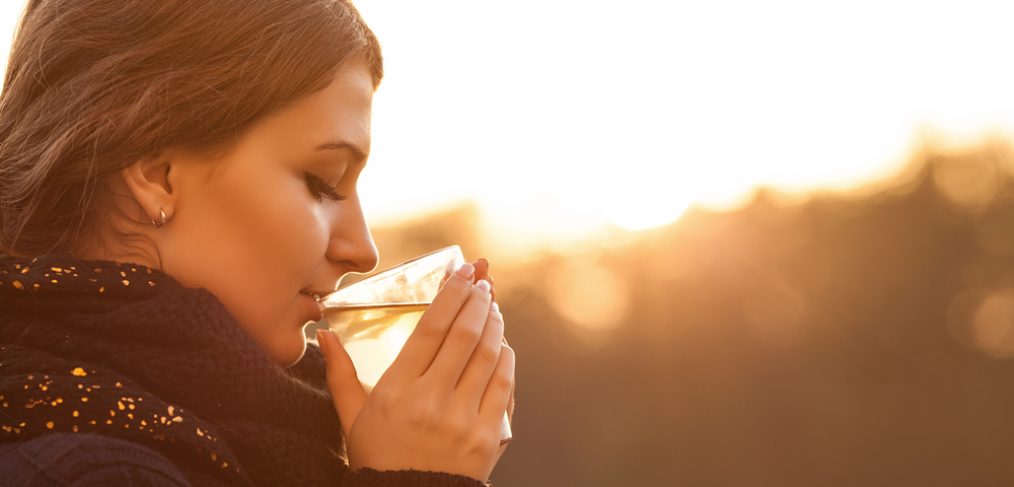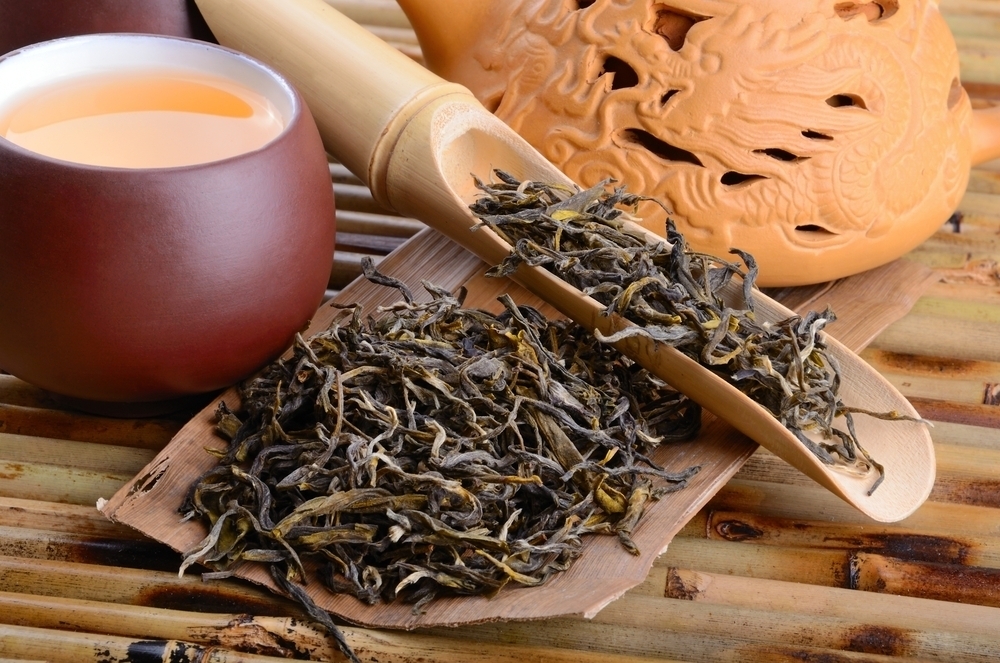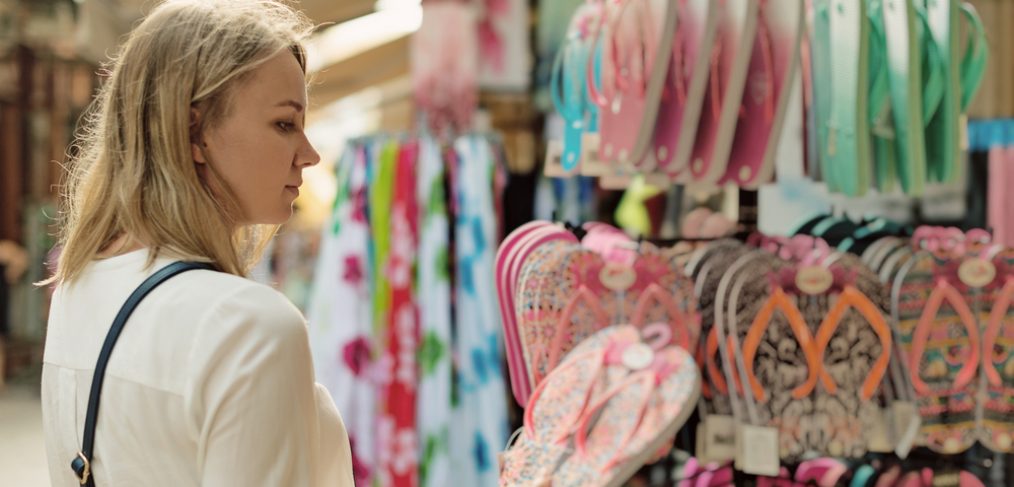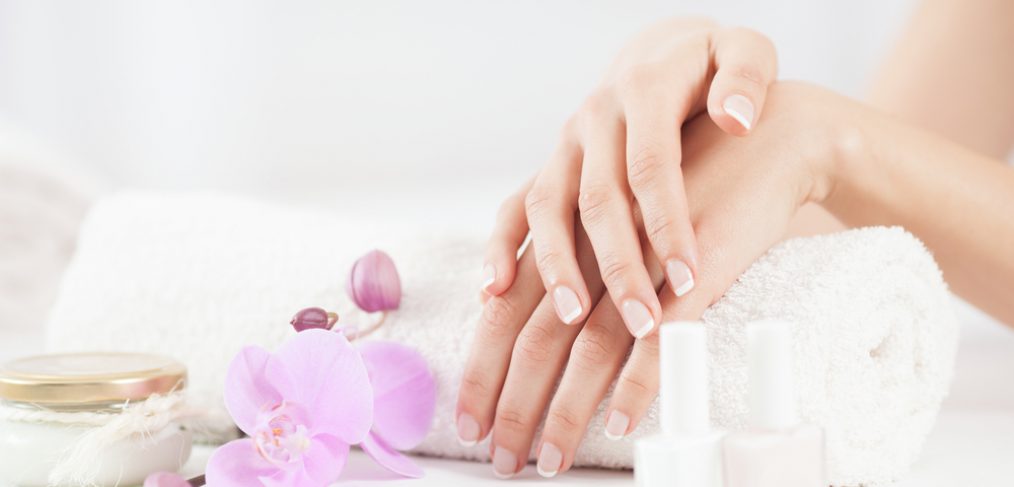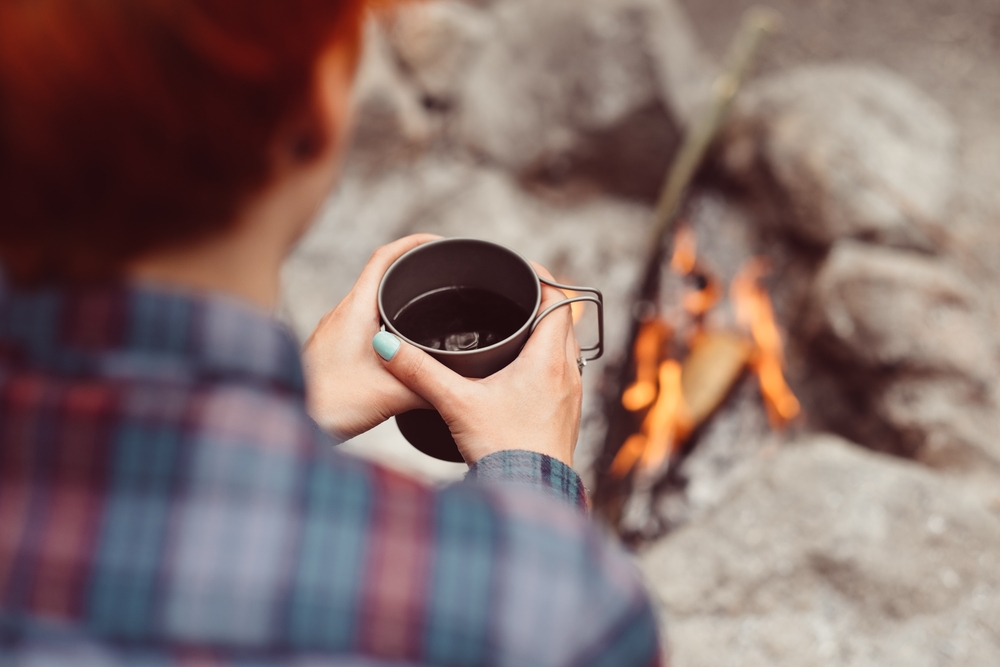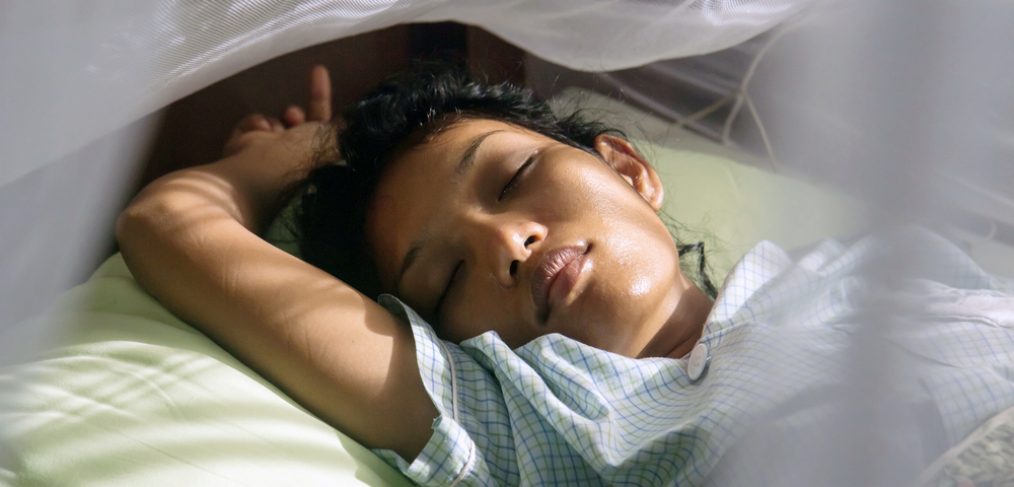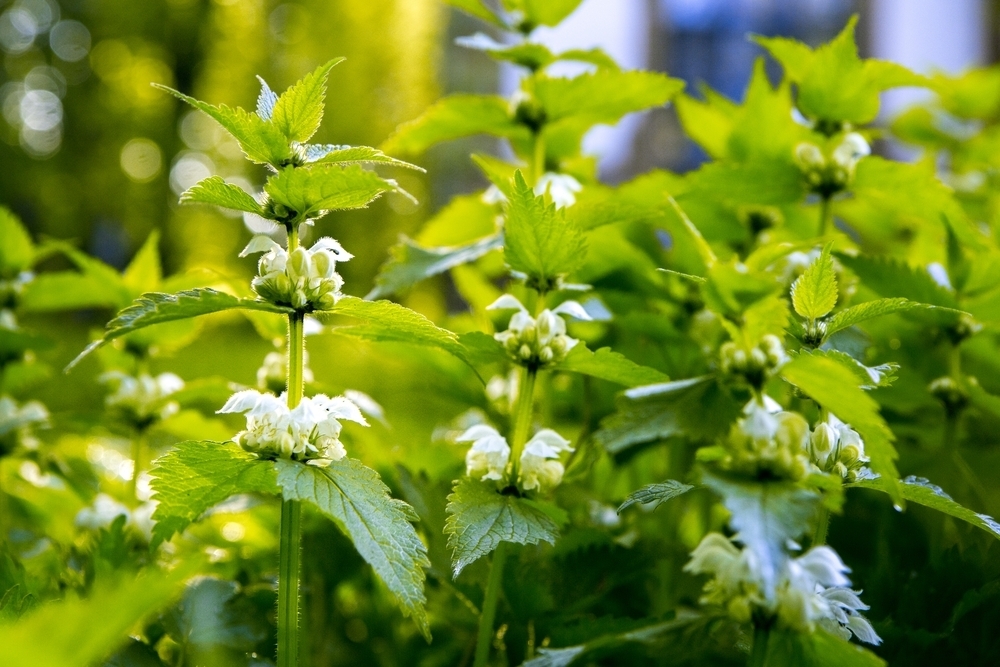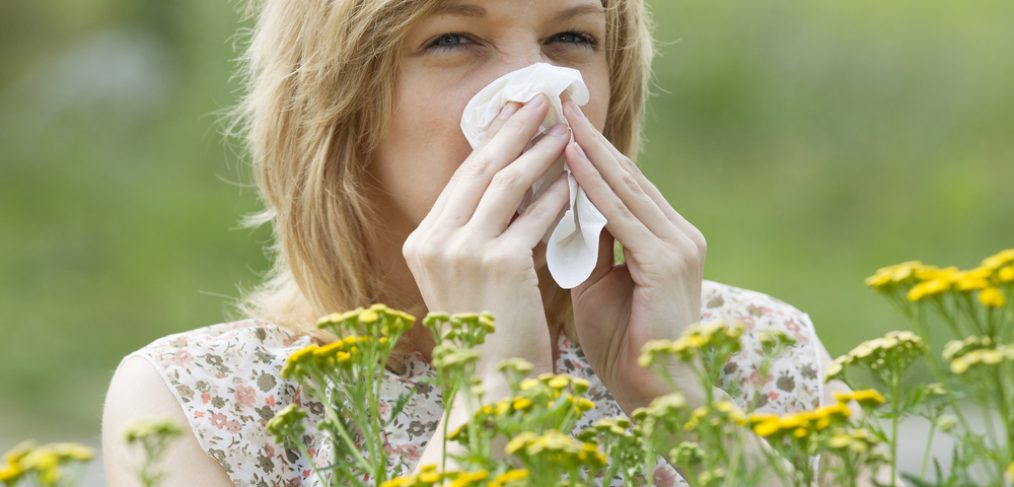Happiness finally seems to be getting a fair shake. Didn’t it seem like years ago, we thought that anything that made us happy couldn’t possibly be good for us? Weren’t we brought up on sayings like, “If it doesn’t hurt, it isn’t working”, or “It’s not love if it doesn’t hurt.” Isn’t it time that we bring an end to this self punishing philosophy? Isn’t it time we admitted that some things that we like can be good for us? Aren’t we tired of being miserable? (Cue shouts of, “Go, girl” and “Amen!’)
It seems like its getting more and more obvious that we don’t always have to suffer and deprive ourselves to reach our goals. Happiness may not pay the bills, but it seems like it could take us into a ripe old age. Here’s to being happy and healthy!
Eating
Eat fewer calories, but more food. That sounds like happiness to me!) Load on the greens and the beans. Take a second helping of (fresh fruit. Skip the burgers and cream sauce and pile on the whole grains. You’ll end up with less calories, more antioxidants and longer, happier lives. Dr. Bradley Wilcox of the Pacific Health Institute in Honolulu says, “People in Okimawa eat more food by weight than people who eat a Western style diet.” The result? Their risk for dementia, heart attacks, strokes and cancer are among the lowest in the world.
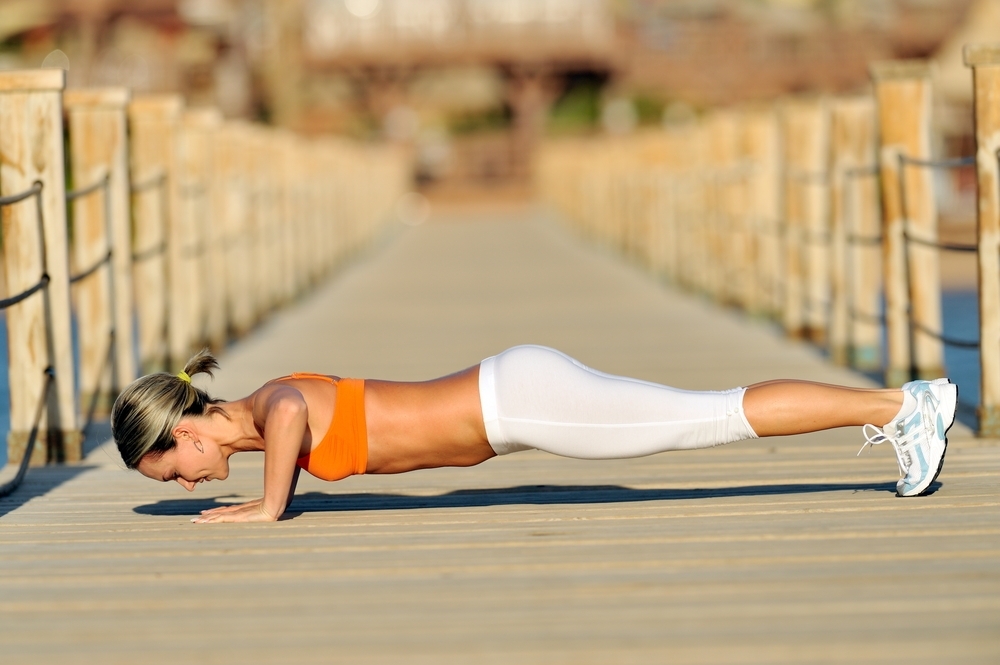
Moving
Exercise can help to give you better quality of life and slow down the aging process. In fact, you don’t even have to work that hard! (Happy now?) A University of Florida study showed that healthy people aged 65 to 85 who did low intensity exercises had a drop in free radical damage while high intensity exercisers had a slight increase! For protecting the heart and arteries, just walking at a brisk pace for 30 minutes a day, along with resistance training and aerobic exercise can do the trick.
Being
Find something interesting to do. So, admit it. We all love to relax. We love to sit back and watch the tube and put our feet up. Well, that may sound appetizing, but if you’re better off doing something slightly more meaningful. People who pursue their interests develop better coping mechanisms and tend to be more optimistic and live longer.
Also, connect with friends and family. Science journal prove that having friends changes the biochemistry of the brain and strengthen immunity. Being alone, causes the levels of the stress hormone, cortisol to rise which can lead to heart disease, high blood pressure, depression and sleep problems. BTW: Marriage can add seven years to a man’s life and three to a woman’s. Can’t live with ’em? Pets can reduce stress and lower blood pressure.

Thinking
Just like our bodies, our brain needs exercise to stay healthy. Reading, doing crossword puzzles and writing are all ways of lowering risk of mental decline. Also, it has been proven that using your brain can actually up your “cognitive reserve.” That means that you get a kind of bonus of extra neurons and pathways in your brain that make them function longer. Our brain muscles are just like all the other muscles in our bodies; the more we use them, the healthier and more flexible they’ll be! So be happy, live healthy and be your best, most beautiful self! Cheers!



